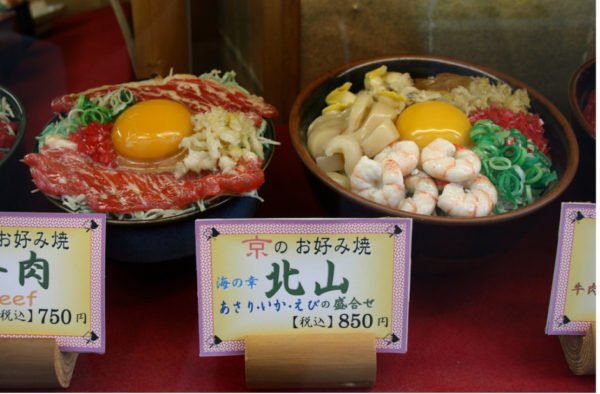Selling the Invisible
‘Product distinctions, the historic centrepiece of product marketing. Exist only briefly- and in the prospects minds, often not at all.’ – Harry Beckwith
I recently worked with a mindset expert, Katherine, who was struggling to convert leads into clients. She shared that she was spending hours completing proposals for programs for her potential clients. To create a proposal, she had to first attend a meeting, then conceptualise and prepare the proposal before finally delivering it to her leads. But at this point she would either not hear back, or hear that the program was to expensive. She couldn’t figure out what was going wrong.
Selling the Invisible
As a mindset expert, Katherine was trying to ‘sell the invisible’. The challenge here is trying to demonstrate your value when the potential buyer can’t see it. You’re trying to convince someone to invest in you without a tangible return. And that can be extremely difficult.
So, you have to create a tangible return. You have to create collateral to be able to communicate the journey you’re going to take them on.
Communicating the Journey
When Katherine created her proposal and passed it on to her leads, she was like a restaurant owner who, when customers walked through the door, quickly cooked them a meal and then took it out and asked, ‘Would you like to eat this?’ This is a sure way for both the restaurant owner and the customer to be disappointed, and for the owner to have wasted time and resources.
Instead, the restaurant owner could have prepared ‘sampuru’ ahead of time. Sampuru is the hyper-realistic plastic food models that you often find at Japanese restaurants. Around for more than 100 years, this ‘sample’ food is designed to show the customer exactly what their options are before they order. This works especially well for those who don’t speak Japanese. Because sampuru communicates the food journey to the customer they can get a really good understanding of what they’re buying.
Katherine needed an equivalent of sampuru. If she put together model programs and proposals, rather than putting together a new program and proposal for each potential client, she’d save herself time, money and frustration. Instead of handing her client something she’d ‘cooked fresh’ and asking them if they’d like to buy (eat) it, she could simply provide them with her ‘sampuru’ and let them decide if any of her already created proposals would suit their needs.
Decreasing Opportunity Costs
The use of sampuru in the food industry has the benefits of cost reduction and increased sales. This is due to a decrease in misunderstanding, increase in the speed of the order and it lets potential customers immediately differentiate you from your competition.
The same is true when you’re selling the invisible. When you create your own sampuru, such as a suite of programs to be purchased, you’re also saving yourself time lost through misunderstanding, creating the opportunity for clients to buy easily and quickly and showing your unique selling position.
The average person consumes 11.4 pieces of content before making a purchasing decision. In fact, people engage with about 20 pieces of content before converting to customers. That includes collateral such as your blog, webinar, newsletter, meetings and, of course, your program proposals. But we must be creating collateral in order to convince them to buy. Especially when we’re selling the invisible.
Next Steps
How much time are you spending writing proposals.
What services do you offer that you could leverage into sampuru?
I’d love to hear your thoughts…
Jane Anderson is a strategic communications expert, speaker and the author of seven books including the upcoming Catalyst Content. With over 20 years of experience helping people to communicate confidently, she is obsessed with authentic influence and human connection to drive business growth in a world of disruption and automation. She delivers Content Creation Bootcamps (Virtual and Face to Face), Coaching and Keynotes. To inquire about her working with you or your organisation please contact us here.



